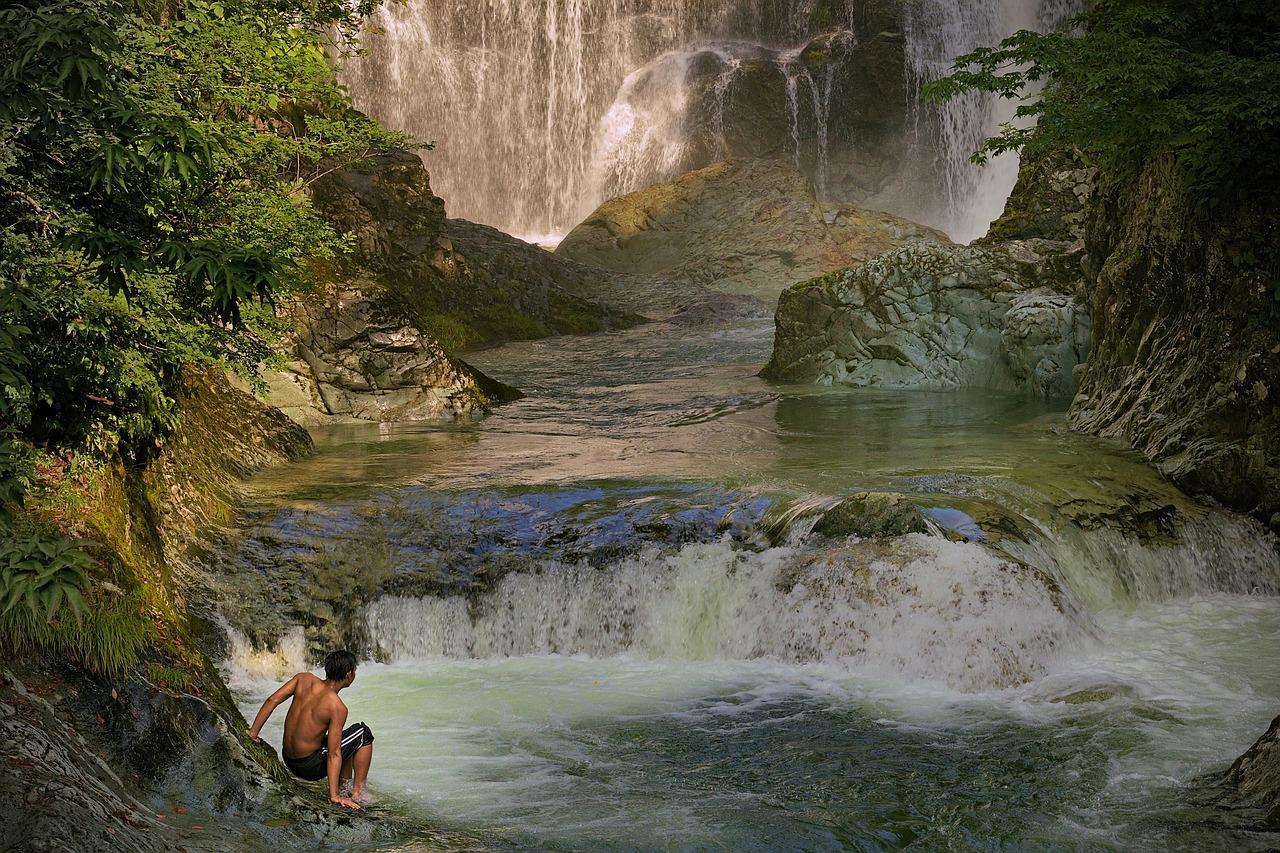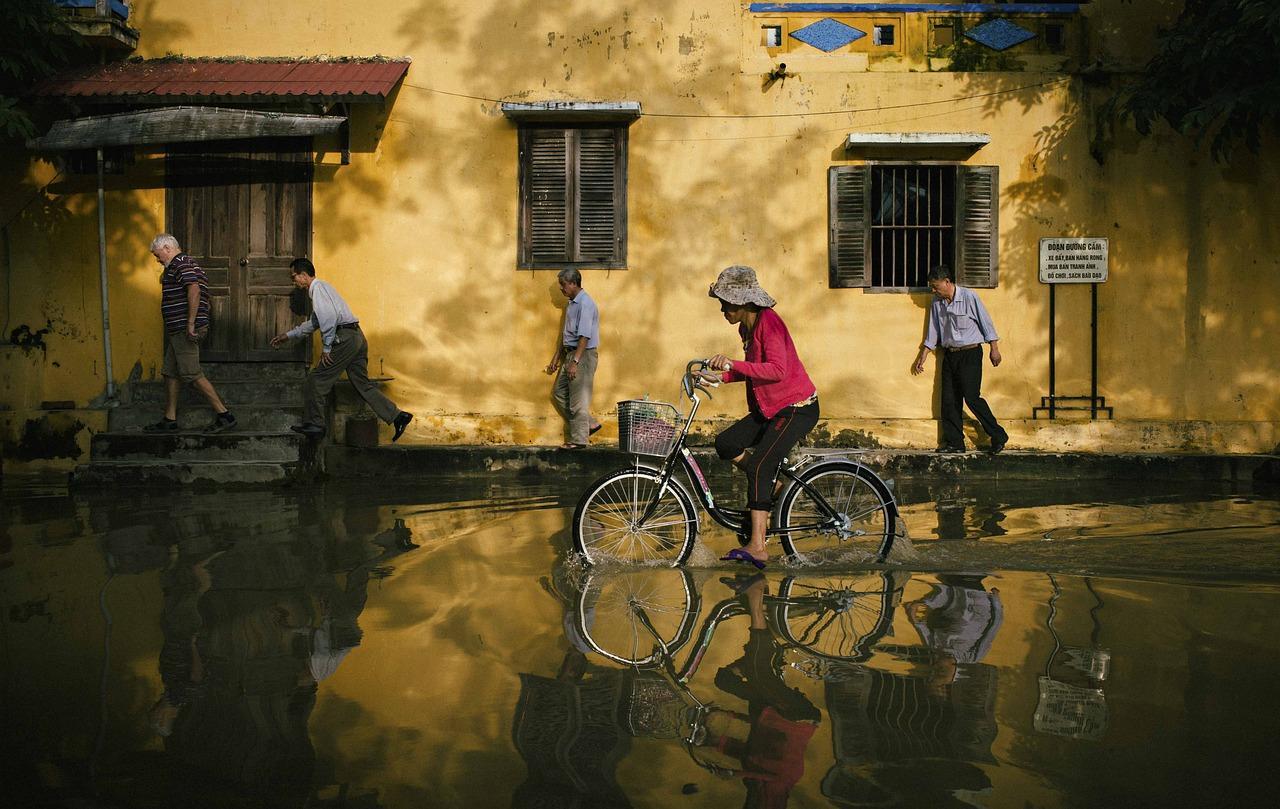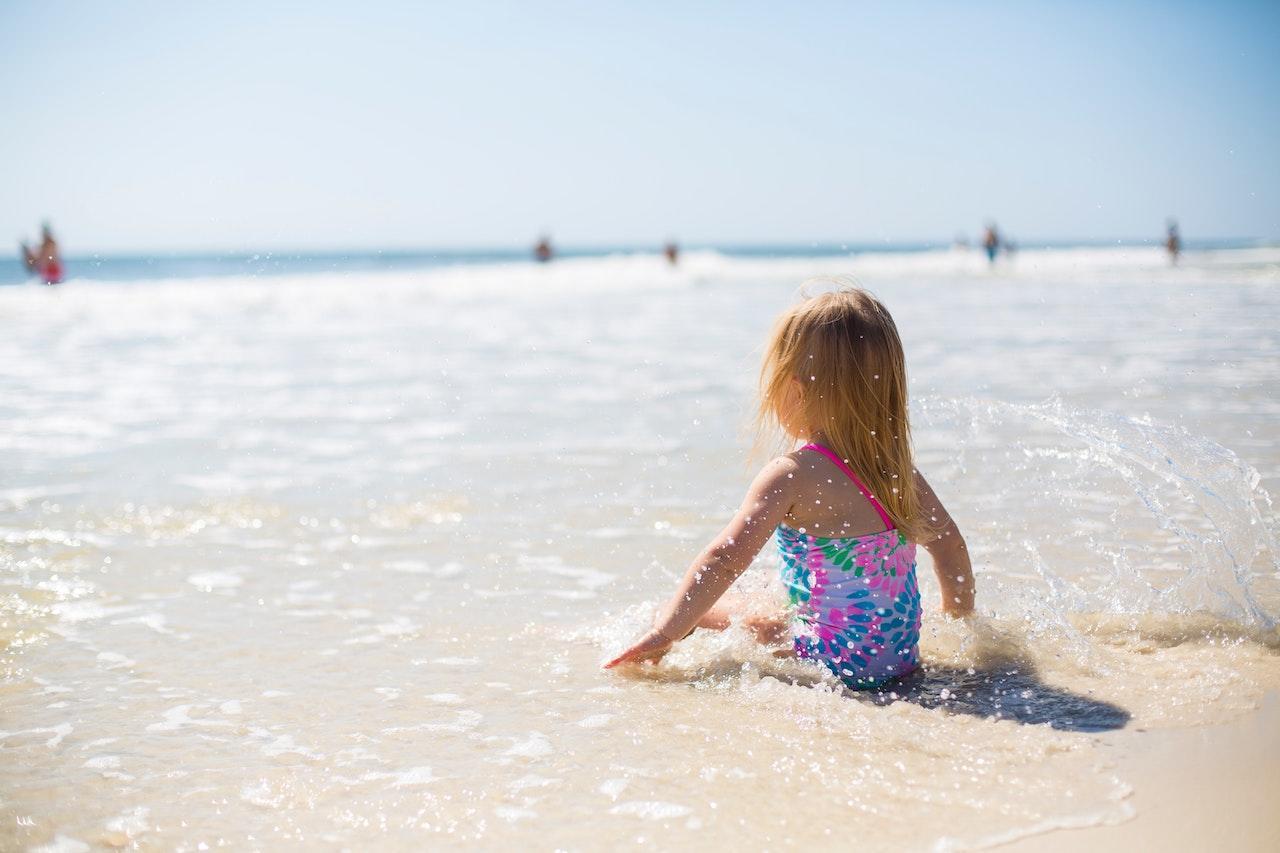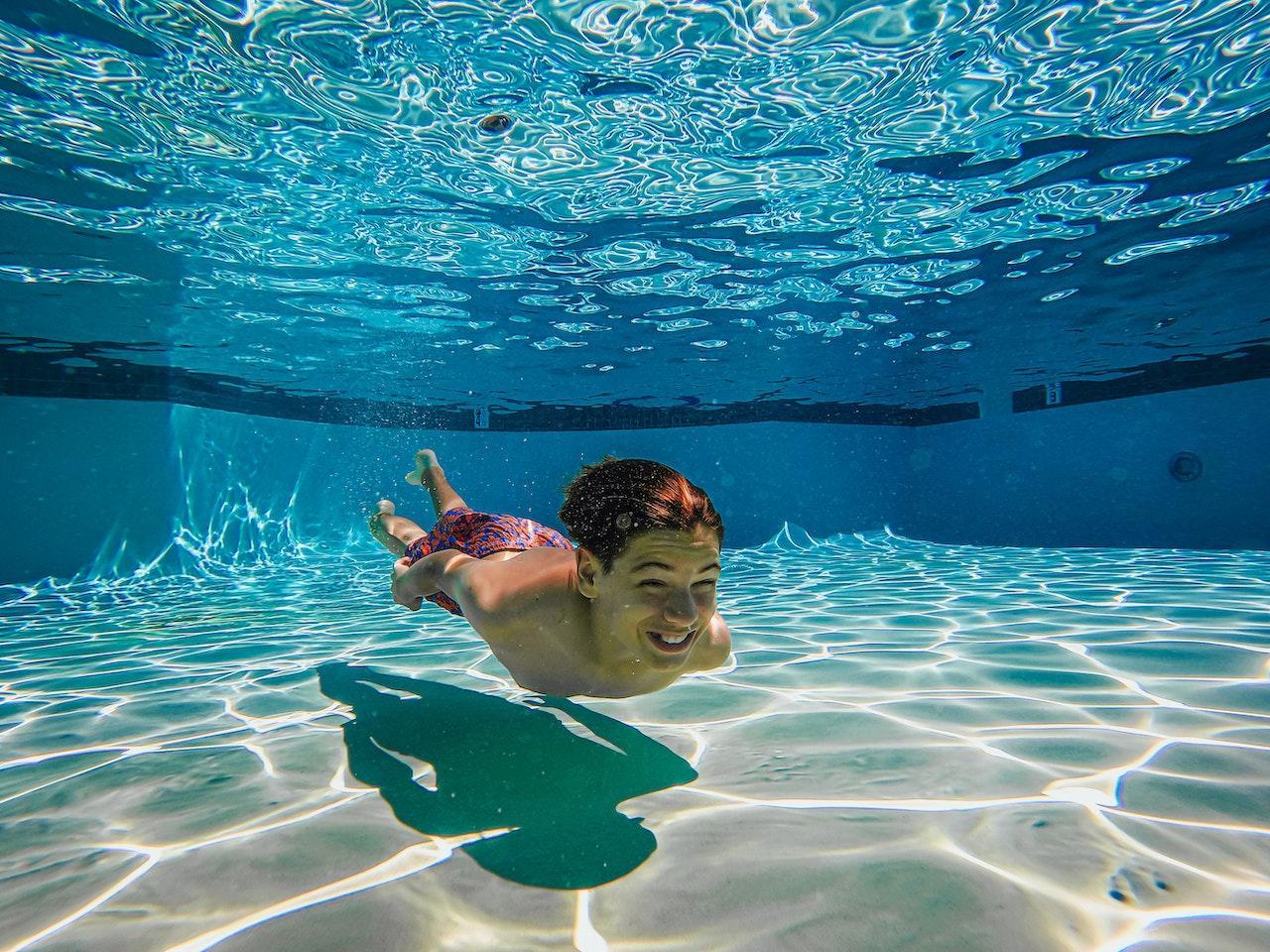In the past year, 339 people in Australia were reported to have drowned, which is a sizeable increase from last year.
It can happen in any body of water, and to any person, but rivers and creeks were the most dangerous place, most drowning victims were males, and the most affected age group was 65-74 years old.
How can these drowning tragedies be avoided?
Well, while swimming lessons alone are not the only safety measure that should be utilised near water, it is one of the most important elements.
Whether you’re a swimmer or a rescuer, having strong swimming skills paired with knowledge of how to evaluate risk is crucial to prevent a bad outcome in any waterway.

The Dangers of Water and Swimming
Most of us know the obvious dangers that can be present in waters: fast-moving currents, rocks, aspirating water, and running out of energy to stay afloat.
However, there are actually a lot more factors that can make someone’s swimming experience unsafe.
Difficult Terrain and Water Situations
Since many drownings occur in natural sources of water like rivers, lakes, and the ocean, one of the biggest risks is simply the lay of the land and water.
Rip currents and undertows can catch even experienced swimmers off-guard, so knowing how to identify the risk factors before getting in the water is crucial. These strong currents can prevent someone from reaching the shore and can even pull them underwater.
Bankings along the swimming area may be too steep or unstable to climb, causing a swimmer to be unable to exit the water and succumb to exhaustion.
Rocks and unexpectedly shallow waters can lead to injury that knocks the swimmer unconscious or harmed in a way that keeps them from swimming to safety.
Find great swimming lessons on Superprof.
Inexperience
Of course, the most obvious risk to being around water is simply inexperience.
Even the safest, most shallow pools can be deadly if the person in the water doesn’t know how to be safe. This is why young children shouldn’t be left alone with even a few centimetres of water, even in the bathtub.
Experience is not gained with age. It comes from practice. So, being older does not automatically mean that someone becomes more equipped to keep themselves from drowning. Remember, most of the people who were reported to have drowned in 2022 were over 65 years of age!
Whether it’s not knowing how to swim, stay afloat, or judge the conditions of the water, inexperience is a huge culprit in water-related fatalities.
Here is where to discover the best swimming lessons near me in Australia

Intoxication
Drugs and swimming simply do not mix. Even a few alcoholic drinks can lead someone to make poor decisions, such as diving into a shallow stream.
Even without injury, intoxication can cause someone to have delayed reactions that can cost them their life in the water. It can also cause someone to lose consciousness while swimming, even if they were not struggling before.
Group intoxication can mean that a drowning person might go unnoticed by other people nearby. And, even if they are spotted, others may be too inebriated to be able to provide help, and they might even end up drawing themselves in an attempt to provide rescue.
Rescuing and Being Rescued
Many people actually drown in an attempt to rescue another drowning person.
There are three major reasons for this: first, the rescuer may not have enough swimming strength to keep themselves and another person afloat. Second, they might not have rescue experience, causing them to be unable to safely hold another person. And third, the panicked rescuee might hold the rescuer underwater in an attempt to stay afloat.
What Skills Do You Need to Be Safe Near Water?
Due to many factors, such as the pandemic, bushfires, heavy rains, cost, and a shortage of instructors, it appears that too few children have the adequate knowledge needed to swim as well as they should.
According to Royal Life Saving Australia, every child at the age of six should have basic, life-preserving skills, such as being able to enter and exit shallow water unaided and float and recover to a standing position.
By twelve, children should be able to tread water and signal for help and swim for 50 metres continuously.
By seventeen, at least half of the population should know how to swim for 400 metres continuously, know how to search in deep water to recover a person and help others out of deep water.
In practice, a safe swimmer should know the following concepts:
How to Estimate the Safety of the Water
Using environmental clues, careful observation, and critical thinking, a water-safety champion should be able to determine if water is safe to enter.
Looking for signs of dangerous water like rocks hidden under the surface, underwater debris, swirling that indicates an undertow, limited exit points, and other factors should be the first thing one does when swimming, even in a familiar spot.
Find a private swim instructor for swimming lessons on Superprof.

Staying Calm in an Emergency
As a bystander, a person with strong water-safety skills should be able to remain calm in the event of a catastrophe. Many people lose their senses in high-stress situations, which means they may overlook a solution, forget how to help, or be unable to act.
Keeping your wits about you may mean the difference between life and death for someone else.
Staying calm as someone who finds themselves in a dangerous situation while in the water is also vital. Panicking, thrashing, and flailing use up valuable energy and only cause you to sink more.
Shouting and yelling hysterically can cause you to swallow or breathe in water.
Floating, treading water, swimming with the best use of energy, and knowing how to signal for help are all skills needed to keep yourself alive in a dangerous scenario.
Strong Instincts and Reflexes
Athletes practice the same thing over and over again so that, in the game, they will be able to act reflexively and quickly.
Surgeons and emergency personnel like firefighters and police run through rigorous training so that even in a life-or-death situation they can count on their practised skills to make the right calls.
You can do the same with swimming practice. Even in the face of disaster, you can count on your training to kick in and allow you to make the safe, right decisions.
How to Rescue and Be Rescued
As mentioned before, one of the ways people drown is by attempting a rescue.
Having training and practice performing rescues helps ensure that you will effectively be able to save another person while keeping yourself safe, too.
Of course, you should try to avoid rescuing someone without any floatation devices or other tools, but there may be instances where you don’t have the opportunity.
An unconscious person is a lot of weight to carry, especially if they’ve ingested water. Swimming with them is difficult and physically demanding, which is why it’s so dangerous for an inexperienced rescuer.
In the event of a conscious and panicking victim, there is an added danger that they will try to keep themselves afloat by climbing on top of you. When on land, it seems obvious that you shouldn’t push your rescuer’s head underwater but in the panicked state of someone near-drowning, there’s no time to think about that.
This is why, in order to be safer around water, you should know how to allow yourself to be rescued.
In a panic, it may seem like the best course of action is to panic, thrash, and grab your rescuer tightly. The best thing to do is actually to relax and lean back, perhaps kicking your feet in the same direction as the rescuer.

How Swimming Lessons Help Prevent Drowning
A swim instructor can help you be a strong, safe swimmer. While it’s possible to practice swimming on your own, having an instructor is incredibly beneficial.
Having a professional who can explain and demonstrate the best and proper ways to perform certain swimming maneuvers ensures you know the most effective way to swim. You’ll be able to conserve your energy better and you will also learn how to swim more strongly.
Your instructor can work with you one-on-one to make sure you are actually performing the skills the ideal way. They can monitor your progress, strength, and endurance so you know exactly how proficient you are at swimming.
You won’t under- or overestimate yourself and make an unwise choice in case of emergency.
With a professional, you will also have someone to practice rescuing and being rescued with. There are many methods for rescuing someone in the water, from throwing a floatation device, to an accompanied rescue, to contact or non-contact tow.
Practising all forms of rescue is vital.
And, if you begin to accidentally actually drown in a lesson, you will have someone you can count on the save you!
Swim lessons are for people of any age, from toddlers to seniors.
Swimming can be a dangerous activity, but simply knowing how to be a safe swimmer and putting in practice can help ensure a fun swimming experience for everyone!















